Silver has long been considered a valuable commodity due to its various uses in jewelry and industrial applications. Historically, silver has been used as a currency and has been widely traded across different economies.
The properties of silver, including its ability to conduct electricity and its resistance to tarnish, make it a useful material in various industries such as electronics, medicine, and aerospace. Silver is also widely used in producing jewelry and other decorative items.
Silver is also considered a “safe haven” asset, meaning it tends to hold its value during economic downturns and periods of market volatility. Investors often see the silver price as a hedge against inflation and currency fluctuations. As a result, investors tend to flock to safe-haven assets like silver, driving up the price when the economy is in a downturn.
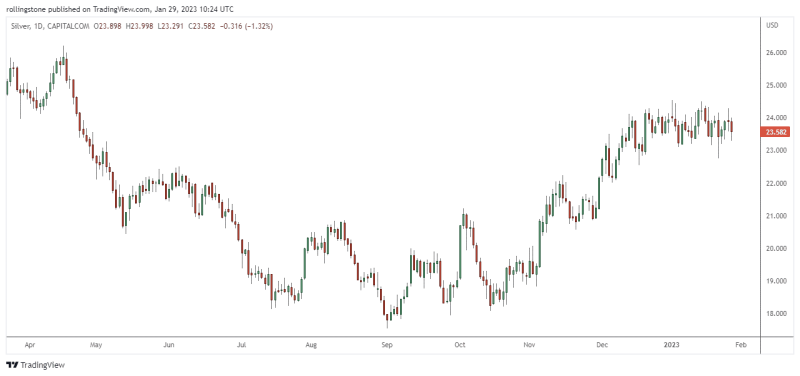
Silver prices have fluctuated in recent years but have been under an overall uptrend. However, various factors can impact the silver market and affect the price of silver. From GDP growth to inflation, and interest rates, all have an impact on the silver price. Additionally, supply and demand factors, as well as political and geopolitical events, can also influence the silver institute.
The current market conditions can be unpredictable, so investors need to track the market trends and be aware of the factors affecting the silver price. It’s also important to note that, as with any investment, there is always a risk associated with silver.
Also Read: Stop Market Orders: What Are They & How Do You Properly Use Them?
Contents
- Factors Affecting Silver Price
- Historical Silver Price Forecast
- Technical Analysis of The Precious Metals
- Fundamental Analysis of Silver Price Predictions
- Top Five Silver Trading Strategy
- Silver Price Forecast
- Pros And Cons of Investing in Silver Price Prediction
- Bottom Line
- FAQs
Factors Affecting Silver Price
Economic Factors
- Interest rates: When interest rates are low, investors prefer assets such as silver price over bonds and other fixed-income investments, which can cause the price of silver to rise. When interest rates are high, investors may be less likely to invest in silver, causing the price to fall.
- Inflation: Inflation can also have an impact on the price of silver. During high inflation periods, the value of money decreases, making it more expensive to purchase goods and services. Investors may turn to assets like silver to preserve their purchasing power, which can drive up the price.
- GDP growth: The rate of economic growth can also affect the price of silver. When the economy is growing, demand for silver demand may increase as it is used in many industrial applications. This can drive up the price of silver.
Supply and Demand Factors
- Production and mining: The amount of silver being mined and produced can also affect the price of silver. If there is an increase in mining and production, the supply of silver may increase, which can drive down the price; conversely, if mining and production decrease, the supply of silver may decrease, which can drive up the price prediction.
- Industrial demand: The demand for silver in the electronics, medicine, and aerospace industries can also affect the price of silver. If demand for silver in these industries increases, the silver price may also increase.
- Investment demand: The demand for silver as an investment can also affect the price of silver. When more investors buy silver, the price may increase. Conversely, when investors are selling silver, the price may decrease.
- Political and geopolitical factors: Political instability and geopolitical tensions can also affect the price of silver. These factors can create uncertainty in the market, which can drive investors to turn to “safe-haven” assets like silver, driving up the price. Changes in government policies or regulations can also affect the supply and demand of silver, which can impact the price.
It’s important to note that these factors are interrelated and can have a complex and dynamic impact on the silver price targets. Additionally, it’s also important to keep an eye on other factors, such as currency fluctuation, market sentiment, and natural events that may affect the mining, production, and transportation of silver.
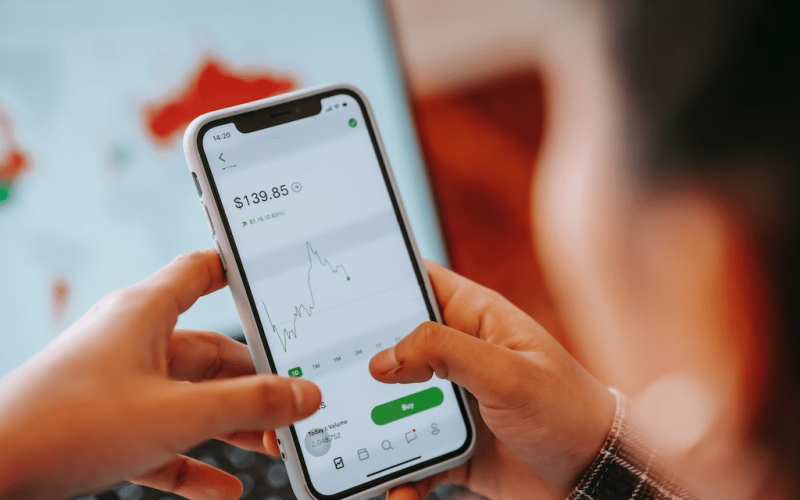
The ability to recognize and comprehend chart patterns is the key to comprehending why the markets behave as they do. You can buy/sell Silver in any market once you can accomplish this.
Historical Silver Price Forecast
As a precious metal, Silver has been used for currency, jewelry, and industrial applications for thousands of years. Its value tends to hold throughout economic downturns and market volatility. Understanding the historical trends of silver prices can provide valuable insight into how the silver market has responded to different economic, political, and geopolitical events.
By examining past expected silver price chart movements, analyzing patterns and correlations with economic and other factors, and keeping an eye on current market trends, you can better understand how the silver market behaves and identify any potential risks and opportunities for investment advice.
The gold-silver ratio is the weekly ratio over the last fifty years. The gold-to-silver ratio says silver is a screaming buy – the gold-silver price chart ratio for more than 50 years! If silver achieved a proportion of 92:1 compared to the value of gold prices, it began a dramatic turnaround. In some situations, silver had taken years, or sometimes months, to explode. The Gold to Silver ratios chart is based on 50 years: The second chart supporting the silver prices in 2020 is the correlation between inflation expectations, gold, and the SPX.
However, historical trends and patterns mustn’t reflect historical trends, and patterns mustn’t lecture performance. As such, it’s important to analyze the data in context and in conjunction with current market conditions and other factors that may affect silver prices.
Technical Analysis of The Precious Metals
Overview of Technical Analysis and its use in Predicting Silver Prices
The main goal of technical analysis is to identify patterns and trends in the market data and use this information to predict the future price movements of a security, such as silver. Technical analysts study charts and historical data to identify patterns and trends in the silver market and use the data to make investment decisions.
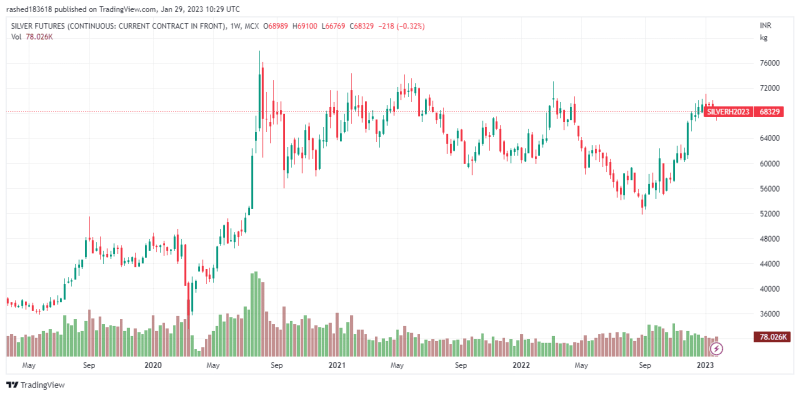
Technical analysis can be used with other analysis methods, such as fundamental analysis, to gain a more comprehensive understanding of the silver traded and make more informed investment decisions.
Analysis Of Charts And Trends Of Silver Price Predictions Using Technical Indicators
Technical indicators are computations based on a security’s price and volume, like silver. These indicators are used to identify patterns and trends in the market, which can be used to predict future price movements. Some of the most popular indicators used in technical analysis of silver prices include the Relative Strength Index, Bollinger Bands, and Moving Average Convergence Divergence.
These indicators can help identify trends, momentum, and volatility in the silver market, which can be used to make investment decisions. Technical indicators can be applied to charts to provide a visual representation of the data and identify market patterns and trends. Importantly, technical analysis is subject to interpretation, and analysts may come to different conclusions based on the same data. As such, it should be used in conjunction with other analysis methods and with caution.
Also Read: Buy Limit Vs Buy Stop: The Benefits and Difference
Fundamental Analysis of Silver Price Predictions
Overview Of Fundamental Analysis and Its Use in Predicting Silver Prices
Fundamental analysis evaluates securities by analyzing their underlying economic and financial fundamentals, such as a company’s financial statements and the overall economic and political environment.
The main goal of fundamental analysis is to determine a security’s intrinsic value, such as silver, and compare it to its current market price. By understanding the underlying fundamentals of the silver market, investors can make more informed investment decisions.
Analysis Of Silver Mining Companies, Industry Trends, And Other Fundamental Factors
To perform a fundamental analysis of the silver market, investors should consider various factors such as the financial performance and management of silver mining companies, industry trends, and overall economic and political conditions. For example, an investor may analyze the financial statements of major silver mining companies to determine their profitability and growth potential.
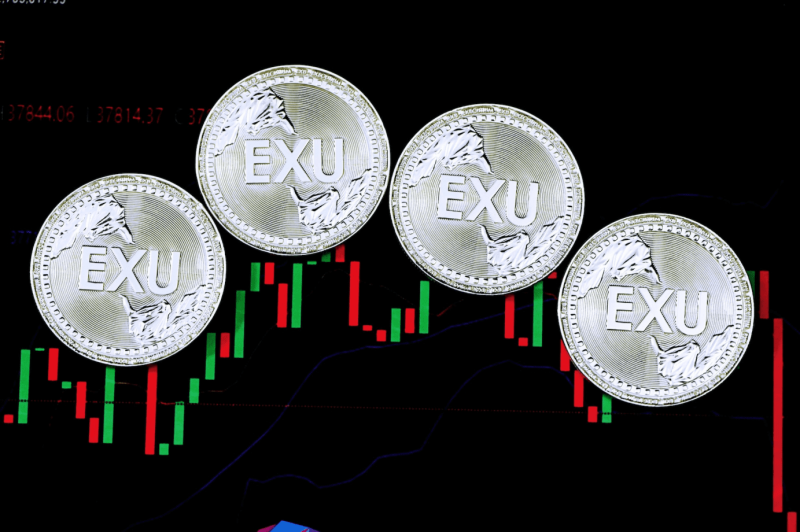
Additionally, the investor may also consider industry trends, such as the demand for silver in various industries and the overall economic and political conditions that may directly impact the supply/demand of silver. Other factors affecting silver prices include interest rates, inflation, and GDP growth. By considering all of these factors, an investor can accurately assess the intrinsic value of silver and whether it is under or over-valued in the current market.
Top Five Silver Trading Strategy
As with any investment, it is essential to have a strategy in place to help guide your decisions. Here are the top five silver trading strategies to consider:
- Buy and Hold strategy: This strategy involves buying silver and holding onto it for an extended period, expecting the price to rise over time. This strategy allows you to accumulate silver over time and benefit from any price appreciation. Additionally, it will enable you to take advantage of any dividends or interest payments associated with owning physical silver.
- Value Investing strategy: This strategy involves buying silver at a discounted price and holding onto it until its value increases, selling it for a profit. This strategy requires a deep understanding of the silver market and the ability to identify undervalued assets. The benefit of this strategy is that it allows you to benefit from any price appreciation while also purchasing silver at a discounted price. However, it also requires a lot of research and analysis to find undervalued assets, and it may take a long time for the cost of silver to appreciate.
- Trend Following strategy: This strategy involves buying silver when the price is upward and selling when the direction changes. This strategy requires monitoring market conditions and identifying and capitalizing on market trends. It allows you to benefit from any upward price movement in the short term. However, it also requires constant market monitoring and the ability to identify and act on any changes in the trend quickly.
- Scalping strategy: This involves buying and selling silver multiple times in a single day to take advantage of short-term price fluctuations. This strategy requires a high level of market knowledge and the ability to make quick decisions. This strategy enables you to benefit from short-term price movements in the market. However, it also requires significant time and effort to monitor the market and make quick decisions.
- Options Trading Strategy: This strategy involves buying options contracts on silver, which gives the buyer the authority but not the obligation to buy and sell a certain amount of silver at a specified price. This strategy allows investors to take advantage of price movements in the silver market while limiting their risk. This trading method allows you to benefit from price movements without owning the physical silver. It also limits your risk, as you may choose not to exercise the option in case the price doesn’t move in your favor. However, it also requires a good understanding of options trading and the risks involved.
It is important to note that, as with any investment, past performance does not indicate future results. Understanding and being comfortable with the risks involved is essential before investing in silver or any other financial instrument.
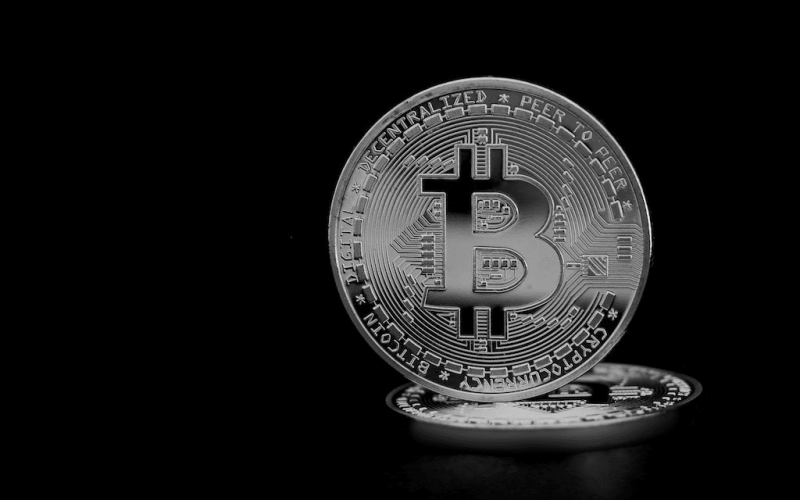
Additionally, it’s good to consult a financial advisor and conduct your research and analysis before making investment decisions. Each of the strategies mentioned above has its advantages and disadvantages, and it’s important to choose the one that best aligns with your investment goals, risk tolerance, and time horizon.
Silver Price Forecast
Short-Term Predictions Based On Current Market Conditions
Short-term predictions for silver prices are typically based on current market conditions such as supply and demand, economic and political conditions, and technical and fundamental analysis. Analysts may use various methods to make short-term predictions, such as technical analysis, to identify market data patterns and trends and make predictions of silver price movements.
However, short-term predictions can be more difficult and less accurate than long-term predictions due to the volatility and uncertainty of the market.
Long-Term Predictions Taking Into Account Historical Trends And Future Factors
Long-term predictions for silver prices typically consider trends and future factors such as economic and political conditions, technological advancements, and demographic changes. For example, an investor may analyze historical data to identify long-term trends in the silver market, such as the correlation between rising silver prices and interest rates or the impact of technology on the demand for silver.
Additionally, an investor may consider future factors, such as the potential for technological advancements to reduce the demand for silver or the potential for demographic changes to increase the demand for silver. By considering both historical trends and future factors, an investor can make a more informed decision about the long-term potential of silver as an investment.
However, it’s important to remember that no one can predict the future with certainty, and even long-term predictions may be subject to change.
Pros And Cons of Investing in Silver Price Prediction
Pros of Investing in Silver Price Forecast
- Silver is a precious metal and has been considered a store of value for more than a thousand years.
- Silver is generally more affordable than gold which makes it accessible to a broader range of investors.
- Silver is used in various industrial applications, which can provide a hedge against economic downturns.
- Silver has historically had a low correlation with other asset classes, which can help diversify an investment portfolio.

Cons of Investing in Silver Price Forecast
- Silver prices can be volatile, and the value of silver investments can fluctuate significantly in response to market conditions and global events.
- Silver mining is capital-intensive and, therefore, subject to greater price fluctuations than gold.
- Silver is a physical asset, which can be difficult to store and transport, and may also be subject to theft.
Silver mining has an environmental and social impact, which may concern some investors.
Bottom Line
Silver prices are affected by various factors, such as economic and political conditions, supply and demand, and technological advancements. By analyzing historical trends, current market conditions, and future aspects, investors can make more informed decisions about the potential of silver as an investment. Technical and fundamental analysis are methods commonly used to predict silver prices.
Silver can be volatile, and investors should be aware of the risks involved. However, it can also be a valuable addition to a well-diversified portfolio. Investors should conduct thorough research to make informed investment decisions, including an analysis of historical trends, current market conditions, and future factors that may affect silver prices. It is also essential to closely monitor the news and events that might affect the market’s demand and supply of silver. Additionally, investors should consider consulting with a financial advisor before making investment decisions. Generally, investors should only invest money they can afford to lose.
FAQs
Is Silver Going to Skyrocket?
As many investors predict gold to rise in 2023, the silver market will likely outperform. Then it’s 2024. The findings suggest the silver market will be more volatile than declining by 2023. Several experts have also highlighted another factor in this phenomenon.
What will be the Price of Silver in 2025?
The price of silver will reach $30 by 2023’s end and $40 by the middle of 2025, according to the most recent long-term forecast.
Will Silver Ever Reach $100?
The fastest way silver can get to $100 an ounce is if inflation hits double-digit levels in 2022 and 2023. In 2021, the year-over-year inflation rate was about 5%. Inflation may continue to rise, and more investors seek the haven of precious metals.
What will be the Silver Rate in 2023?
Technical research from several financial institutions suggests Silver price may exceed 30 USD per ounce by the end of 2023.



